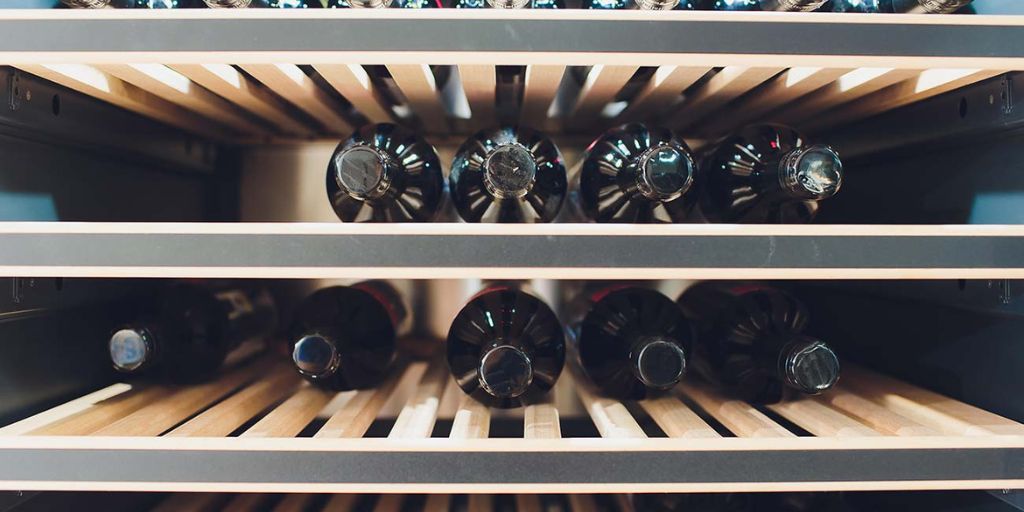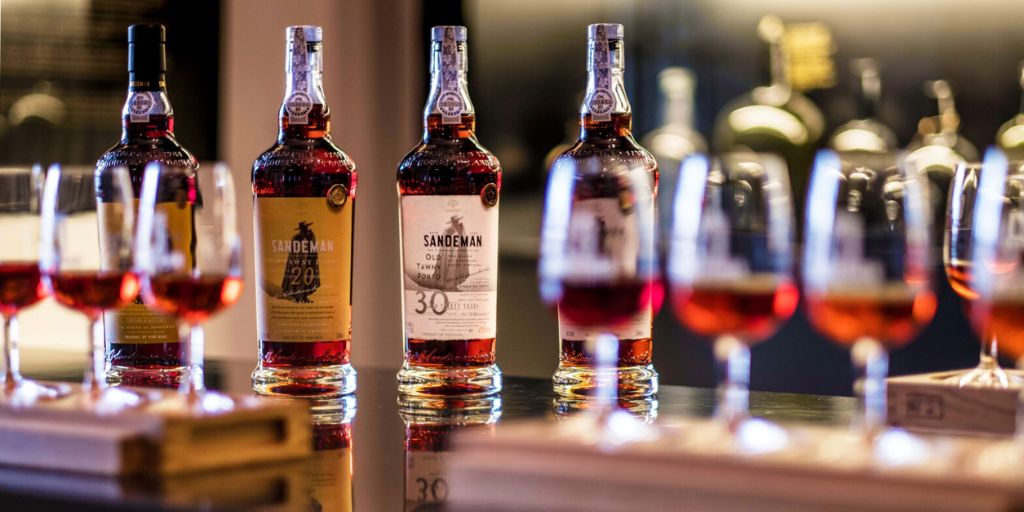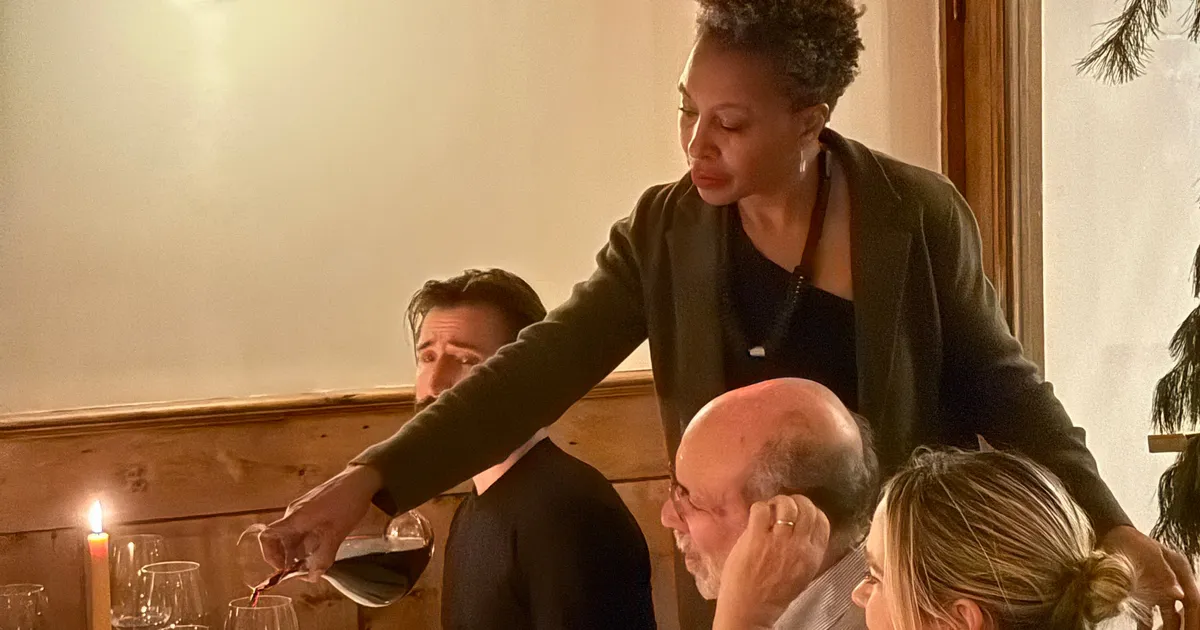Wine is a living beverage, evolving with time much like fine art or a classic novel. One of the most fascinating aspects of wine is how its flavors, aromas, and textures transform as it ages. A young wine often tastes vibrant and fruity, while an aged wine may develop complex, nuanced characteristics that delight the senses in new ways.
But why exactly does wine taste different when aged? What chemical and physical processes are at work, and how do they influence the flavor profile? This article explores the science behind wine aging, how it affects taste, and why some wines benefit from aging while others are best enjoyed young.
What Happens During Wine Aging?
Aging wine refers to the process of storing wine under controlled conditions over months or years to allow chemical reactions to occur, changing the wine’s makeup and sensory experience. Aging can happen in the bottle, in barrels, or tanks before bottling.
Key Components Impacted by Aging:
-
Tannins: Compounds from grape skins, seeds, and oak barrels that contribute to bitterness, astringency, and structure.
-
Acidity: Helps preserve freshness and balance.
-
Sugars: Residual sugars influence sweetness and mouthfeel.
-
Alcohol: Interacts with other compounds and affects aroma release.
-
Phenolic Compounds: Complex molecules contributing to flavor, color, and mouthfeel.
-
Aromatic Molecules: Volatile compounds responsible for scent and bouquet.
Chemical Changes During Aging
1. Tannin Polymerization
Tannins are harsh and astringent when wine is young. Over time, tannins undergo polymerization — they bind together forming longer chains that feel smoother and less bitter on the palate.
-
Effect: The wine feels softer, less puckery, and more balanced.
-
Why it matters: This is especially important in red wines with higher tannin levels like Cabernet Sauvignon or Nebbiolo.
2. Acid and Sugar Interactions
Acidity generally decreases slowly over time, but the balance between acidity and sugar shifts.
-
Effect: Aged wines often taste less sharp and more harmonious.
-
Example: A young white wine may feel crisp and tart, while an aged white may seem rounder and fuller-bodied.
3. Oxidation and Micro-Oxygenation
Exposure to oxygen is a double-edged sword. Controlled oxygen exposure during barrel aging can soften tannins and develop complex aromas, but too much oxygen causes spoilage.
-
Effect: Complex tertiary aromas emerge — think nuts, dried fruit, tobacco, leather.
-
Result: Wine gains depth and character not present in young wines.
4. Development of Aromatic Compounds
Primary aromas (fruit, floral) dominate young wines. With aging, secondary and tertiary aromas develop:
-
Secondary aromas: Result from fermentation (yeast, bread, butter).
-
Tertiary aromas: From aging (earthy, smoky, spicy, mushroom).
These layers create a more nuanced bouquet.
Physical Changes Impacting Taste and Texture
Color Transformation
-
Red wines: Color fades from deep purple/red to brick or garnet hues.
-
White wines: Darken from pale yellow to gold or amber.
This signals chemical changes affecting flavor.
Sediment Formation
Aging wine often develops sediment — deposits of tannins and pigments that fall out of solution. This is a natural sign of maturation.
Why Some Wines Age Better Than Others
Not all wines improve with age. Several factors influence aging potential:
1. Tannin and Acid Levels
Wines high in tannins and acidity generally age better because these components preserve structure and prevent spoilage.
-
Examples: Cabernet Sauvignon, Syrah, Riesling.
2. Sugar Content
Sweet wines with residual sugar, like Sauternes or Tokaji, also age well due to sugar’s preservative effect.
3. Winemaking Techniques
Oak barrel aging, low filtration, and careful handling can enhance aging potential.
How Aging Affects Different Types of Wine
Red Wines
Young reds often showcase bright fruit and strong tannins. Aging softens tannins, deepens color, and adds flavors like leather, earth, and spice.
White Wines
Most whites are best consumed young for their fresh acidity, but some like Chardonnay or Riesling develop honeyed, nutty notes with age.

Sparkling Wines
Champagne and other sparklings can develop complex, toasty notes after aging, though many are designed to be enjoyed fresh.
How to Taste and Appreciate Aged Wine
Aged wine offers a multi-layered tasting experience:
-
Look: Note the color change.
-
Smell: Identify tertiary aromas like dried fruit, tobacco, or vanilla.
-
Taste: Notice smoother tannins, balanced acidity, and complex flavors.
-
Finish: Enjoy the lingering, evolved aftertaste.
Storage Conditions Affecting Aging
Proper storage is crucial for aging wine:
-
Temperature: Ideally 50-59°F (10-15°C) with minimal fluctuations.
-
Humidity: 60-70% to keep corks moist.
-
Light: Avoid exposure to sunlight.
-
Position: Store bottles horizontally to keep cork wet.
Conclusion
Wine tastes different when aged because of intricate chemical and physical transformations. Tannins soften, acidity balances, oxidation creates new aromas, and color shifts, all contributing to a richer, more complex wine.
Understanding these changes can deepen your appreciation for aged wines and guide you on which bottles to cellar or enjoy young. Whether savoring a velvety aged red or a honeyed white, the journey of wine aging is a testament to the craft and magic behind every bottle.


